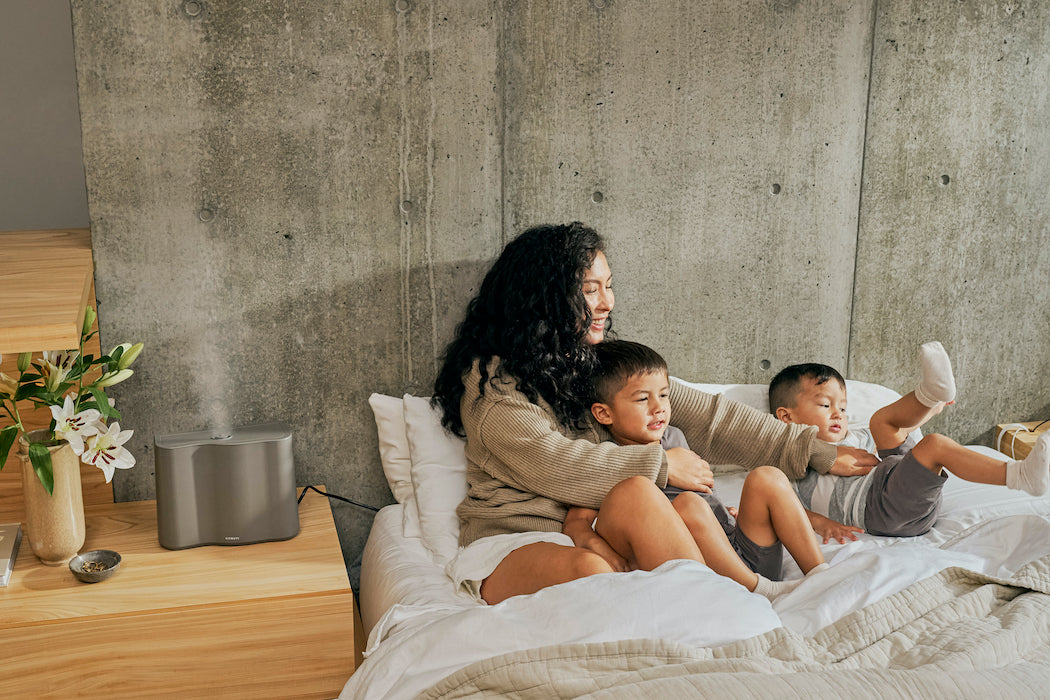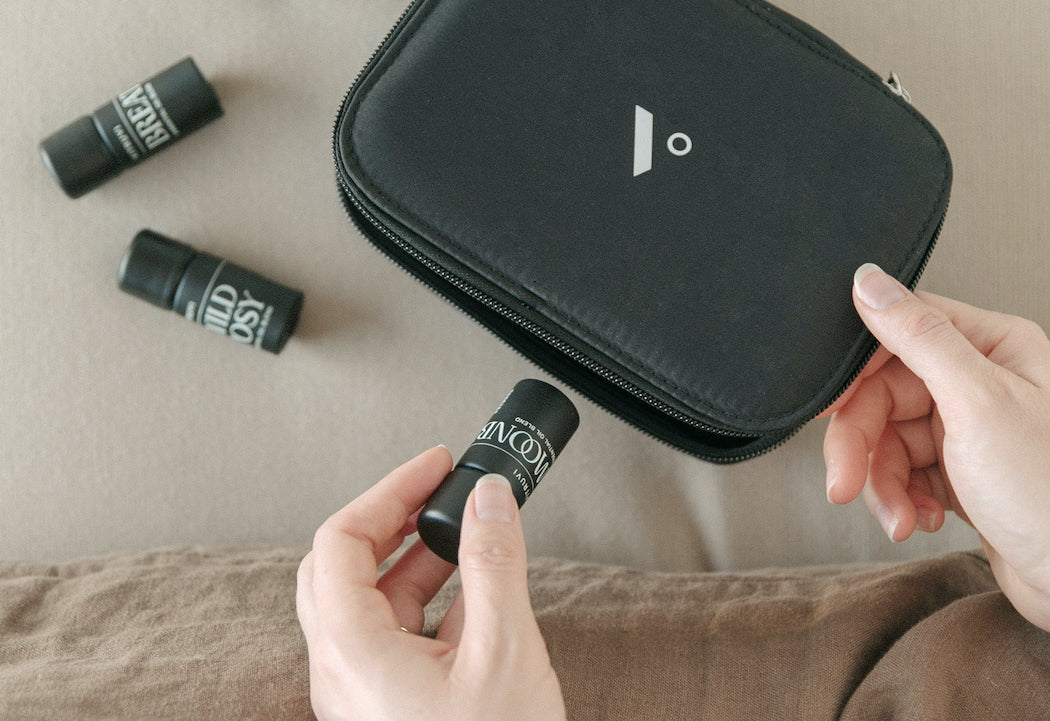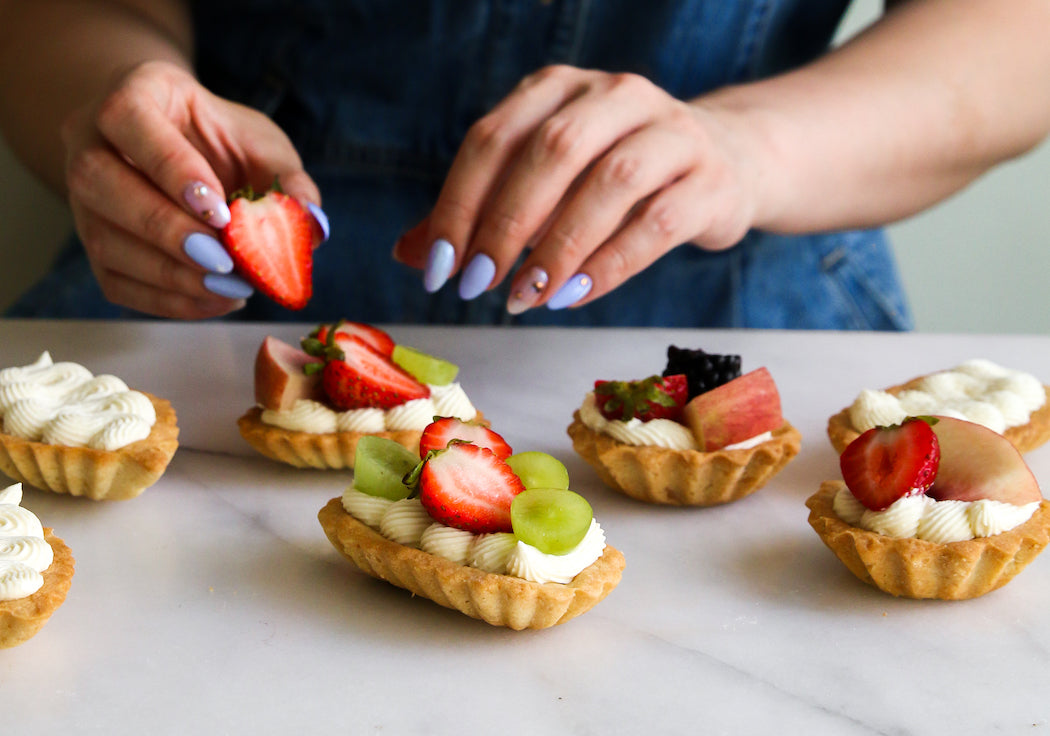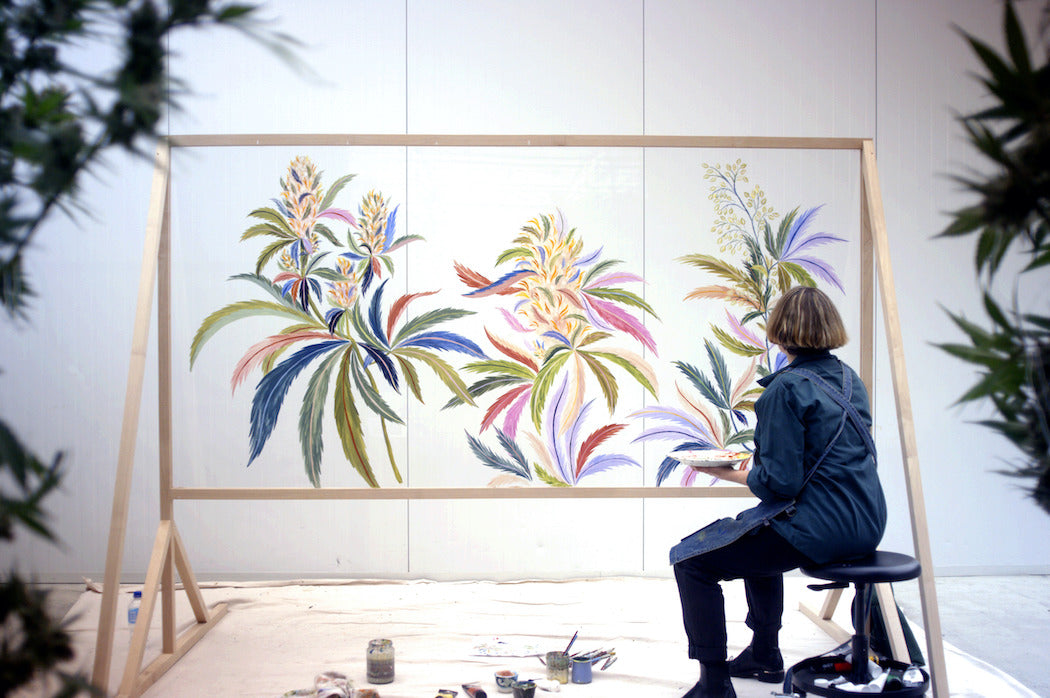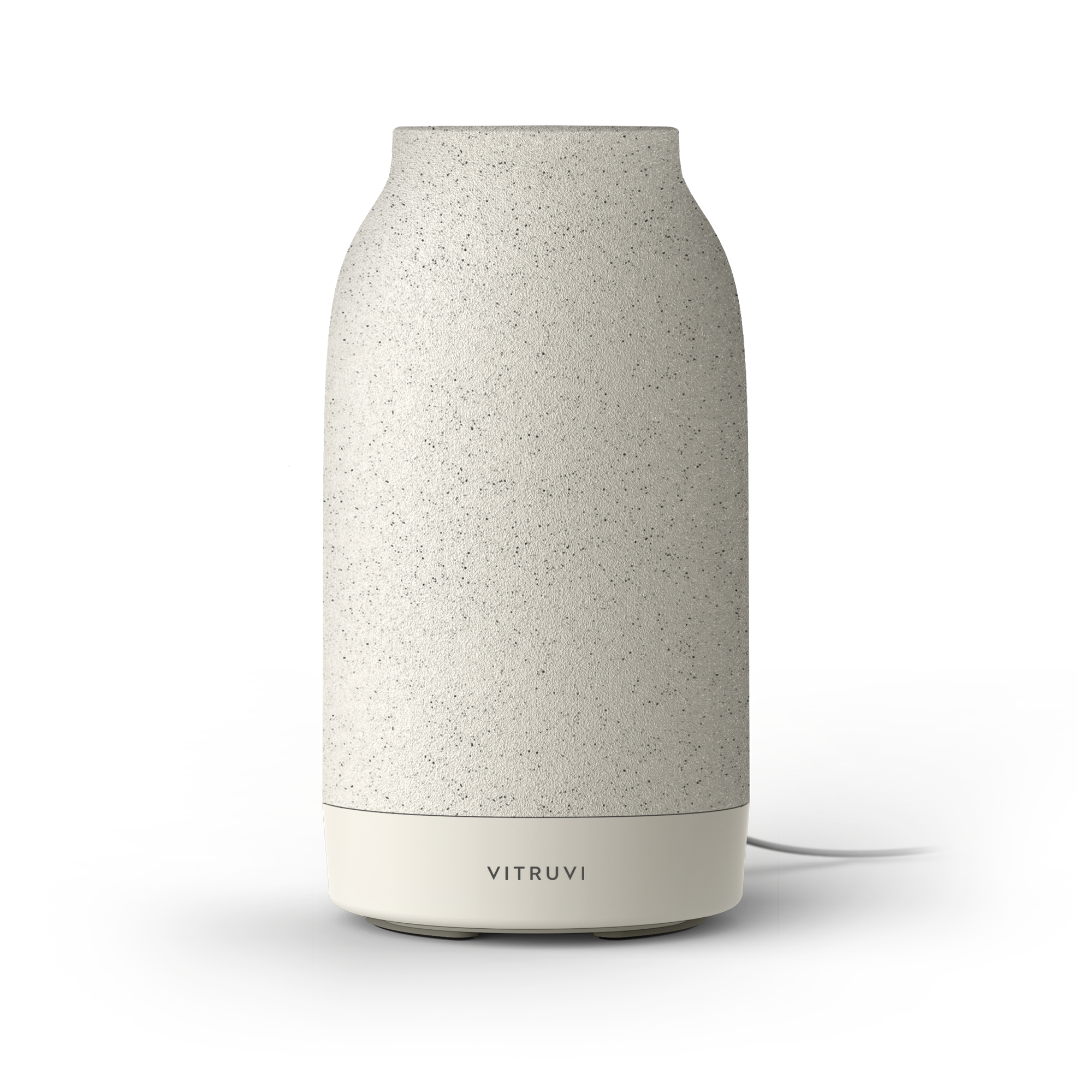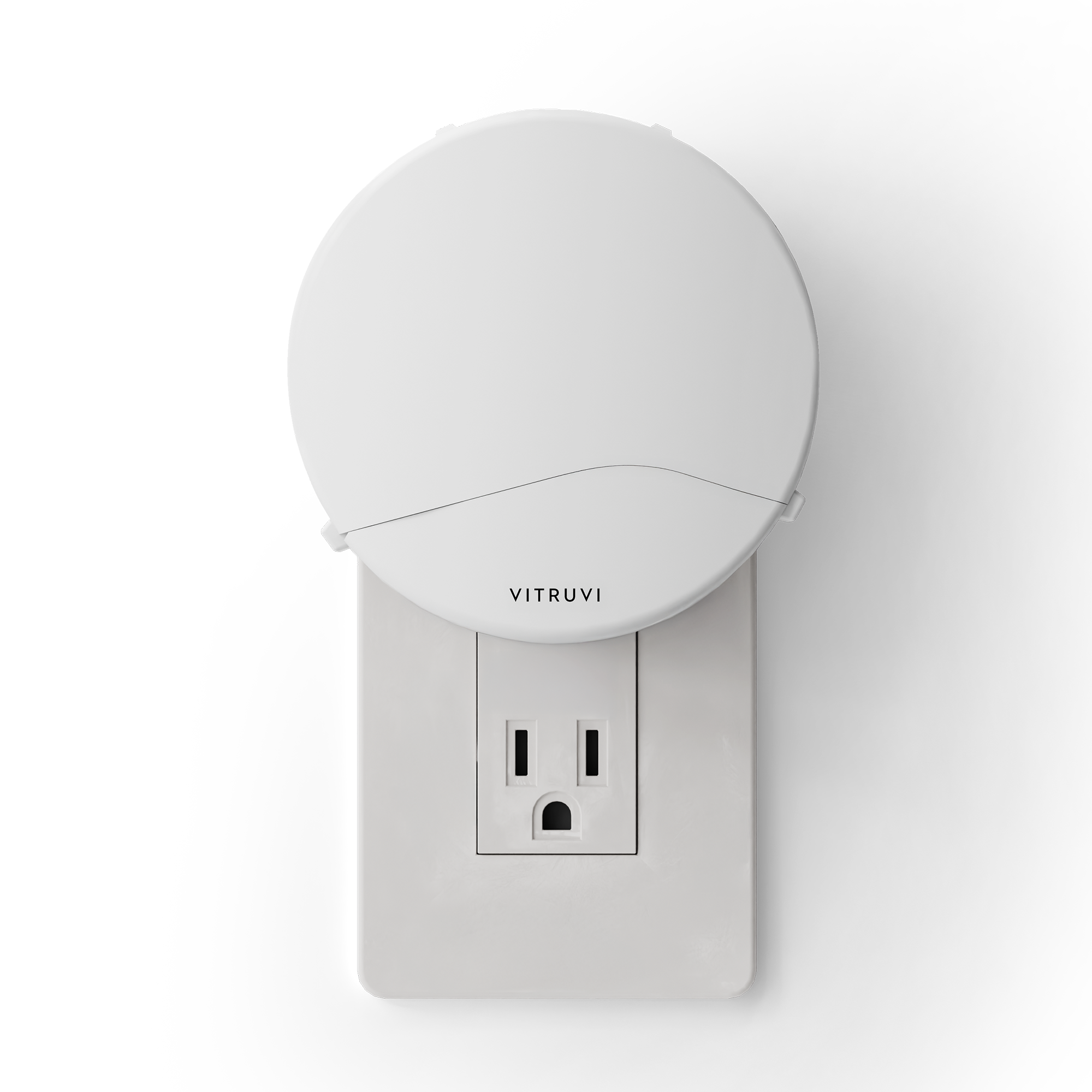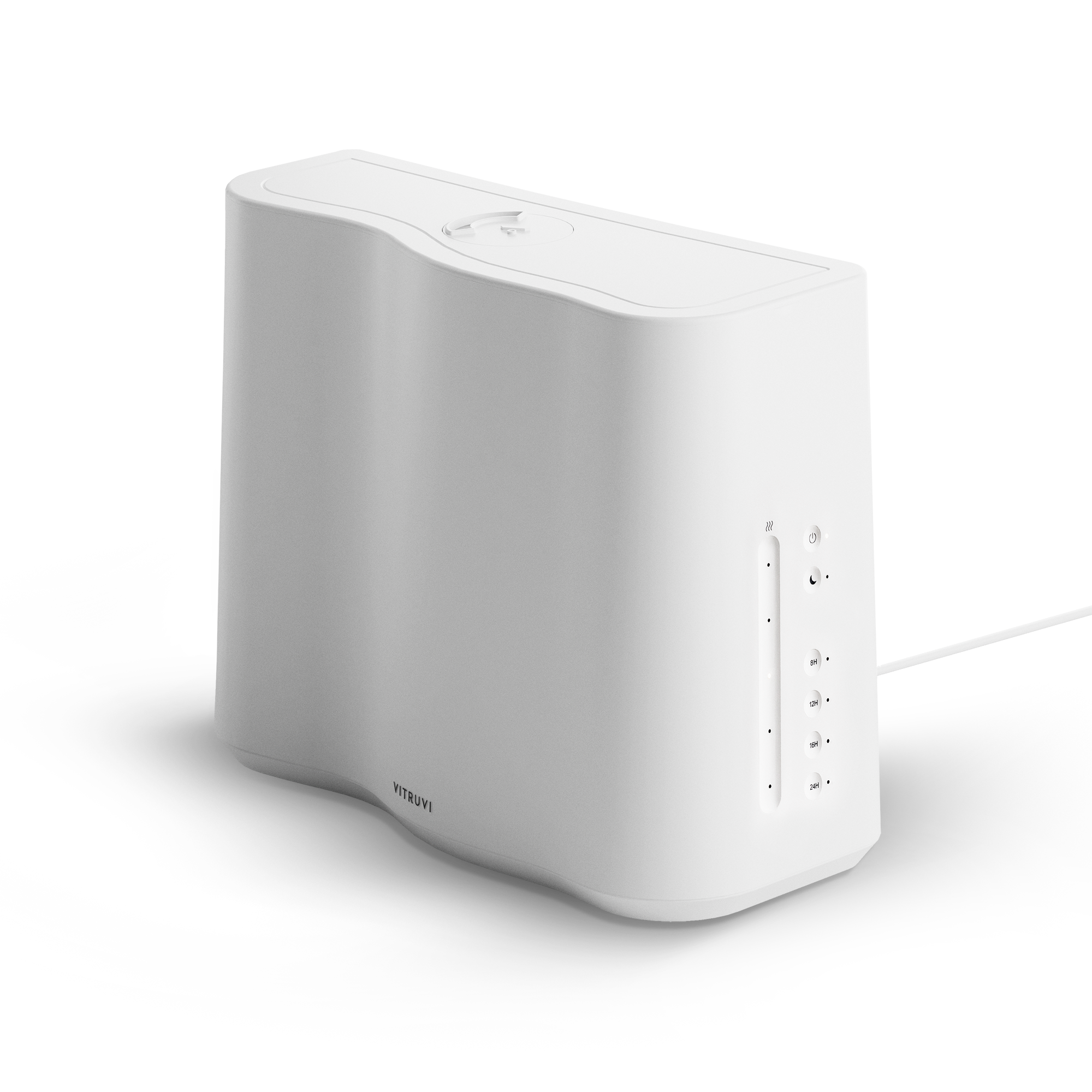Wandering through the Obakki x H Project Global Market pop-up at Holt Renfrew Vancouver, it’s hard not to want everything. Sure, the items are beautiful—from bright-colored glassware, to adorable woven kids’ toys, to impossibly cozy blankets—but what truly set these pieces apart is the story behind each one.
“It’s a journey through the lives of these artisans,” says Obakki founder Treana Peake. “I think once you see them and touch them, then you have more of an appreciation for them. These aren’t meant to just be objects that we buy and that we consume all the time; we want our consumers to draw that connection between the pieces themselves and the artisans who make them.”

Open until May 25, 2022, the pop-up’s vision is central to Obakki’s—and Peake’s—overall mission: our things should hold meaning. What started as a clothing brand has since branched out into an array of handcrafted homewares sourced from around the world (think: Uganda, Mexico, Japan, Italy) that all pay true respect to their makers. Through fully traceable supply chains, fair wages, and community give-back programs with the brand’s charitable arm the Obakki Foundation, Vancouver-based Obakki proves that it is possible for luxury to be properly ethical. Via phone, Peake discusses her passion for philanthropy, how she finds new artisans, and what makes her own home feel special.
Your philanthropic endeavors can be traced back to your childhood, when an anonymous donor would slide a white envelope of money under your door each year. Can you talk about what that meant to you?
Even as a young child, it was always in me to be doing philanthropy work. And when I really started thinking about it, I guess it did stem from the idea of doing things without receiving something in return. That’s the way an envelope would come to my door year after year for me and my mom. Of course, for her it was the fact that we got some extra money and she was able to pay bills; she was overwhelmed by the kindness. For me, I wanted to know: who was this person that would do this without needing or wanting or expecting anything in return?
I always strive to go, “I’ve been given this—now, where does that go?” That exchange where you do something and then it’s wrapped up, you put it behind you, and you move on to the next thing—I never could do that. It’s more the idea of striving to be that person who does things in the world and doesn’t need to have something back in return for it.

Did you ever find out who the envelopes were from?
It didn’t. I guess it was never that person’s intention to let us know. I don’t think it was in their nature to receive any recognition for it. But it is really cool: it’s that ripple effect of your work and your input and your actions on someone’s life. I hope that [the anonymous donor] sees we’ve provided clean water to almost four million people; we’ve done a lot in agriculture and education and livelihood, and that really started with their act of kindness. Sometimes you do these things and you don’t really know where they go, or if they go anywhere or just stop there. I am fascinated by that. In all these villages where we’re working around the world, people that we’re partnering with and hopefully impacting: what happens with them, and what do they do for someone else? You don’t really even see the end of that ripple.

Your operating model is so intrinsically holistic, and contributes to this ripple effect, because you work directly with the artisans to buy their goods at prices they set—and you put a lot of Obakki’s profits back into their communities. Why was this the way you wanted to do business?
The Obakki Foundation really is the driving force behind me as a person and everything that I have done. Being out in the field in all these rural communities, we’d bring water there and then we’d turn to say, “Okay, we have your whole community gathered and there’s water—now, how can we improve your economic stability?” And a lady would come out with a pot and say, “Well, we make these, and we sell them locally.” Or someone would come out with textiles or different types of woven baskets. In all of these regions there is this generational, ancestral craft that’s been passed down. So on the foundation side, we started to work with them as business partners, trying to find a way to improve their economic stability. We’d look to establish their local market and find ways to improve their business locally, in their own country, so that they weren’t dependent on us.
At that point Obakki was adding homewares, so I was like, “Why can’t Obakki buy this and then we can showcase it even further? And expand their production levels at a pace that they determine, and then reinvest our profits?”
All the wages are set by artisans. At Obakki, on the design side, half of the artisans are purpose-driven, which means our foundation’s involved with them in some way or another. The other half is design-driven, so that’s Italian glass-blowers or Japanese candle-makers that don’t need our foundation work. But the idea behind the design and the philanthropic sides is that they can all fit on the platform and be recognized for their design, their skill, and their craft, regardless of what part of the world they come from. It’s trying to break down some of those misconceptions that if something comes from Mexico or something comes from Africa you should pay $50, whereas if something comes from Canada you should pay $500. It’s trying to get equal respect and value—and the reason we’re able to do that is because we don’t buy it for $3, sell it for $300, and put the bulk of the profits in our pocket. We reinvest the bulk of the profits back into the community. That allows us to hold everything on the same international stage and assign the proper value to it.

How do you find new artisans to work with?
A lot of it is organic, just because I’m in the field with the foundation all the time doing our philanthropic work, and it’s community after community after community. What you see on our website is the actual product that we can sell from those communities, but we’ve got communities where we’re doing shea butter production, or we’re doing ballantyne oil that is so good for skin, or we’re doing agriculture, we’re doing beekeeping; I have beekeeping farmers who are producing 18,000 kilograms of honey a year. There are all different types of micro businesses that are going on, so the majority of my artisans are found through that.
And once you get a bit more established in the industry, people start to reach out to you. For example, we have some really great partners in Mexico that are in charge of Design Week Mexico. They realized during COVID that in all these rural communities, a lot of the traditional artisans were losing their craft and slipping into poverty because they didn’t have access to the tourist markets that they used to, and they didn’t even have access to the local markets, either, because a lot of villages are quite isolated. They reached out to us because of our platform; they were my eyes and ears on the ground, going out into villages and doing a lot of the design work and meeting with all the artisans, and then we were the ones selling the product. So just over COVID itself, we picked up about 25 different artisans from Mexico.

Your latest collection is from Mexico, right?
Yes. I just recently went down there and that was great. I came back with another 17 artisans. Everything that we have at Obakki on the design side is all small-batch, limited-edition, and made by two hands. Nothing’s made in a factory.
How do you decide who you can take on and sell products from?
There’s an aesthetic and a feeling that I always look for; I can’t really put my finger on it. And I always look at the sustainability elements: does this product do any damage to the environment or to the humans or community behind it? Sometimes our involvement in small, rural communities does a lot of damage, so I always look at it through an international development lens, because that’s where my training and background is. It’s being a little bit more cautious. With me buying this, do they have to strip the bark of this tree in order to do it, and will that tree be damaged, and will that affect the local environment or the community? Or is the minimum of what I’m ordering too high? And will that mean that they'll bring in their families to start to make the product because they do not want to miss the order? There are so many different layers and aspects to making sure that you’re not doing that type of damage. So for me, I have to visit every single artisan in every single place and make sure that we’ve seen it from concept to completion, and make sure we’ve done our due diligence.

In your own space, what makes you feel truly at home?
Family, of course; I’m sure everyone says that. But also for me, what I’ve been doing in my home is curating it with pieces that I’ve collected around the world from people who I know and love. All my plants are planted in these pots from Northern Uganda; I know the women who made them. I’ve got this red clay bowl sitting on my table at home that a lady named Macrina made me. Our little espresso cups that Amanda made. It’s just meaningful pieces; my home feels so warm, because whenever I look around, my eyes land on something that someone made.
This interview has been edited and condensed for clarity.


